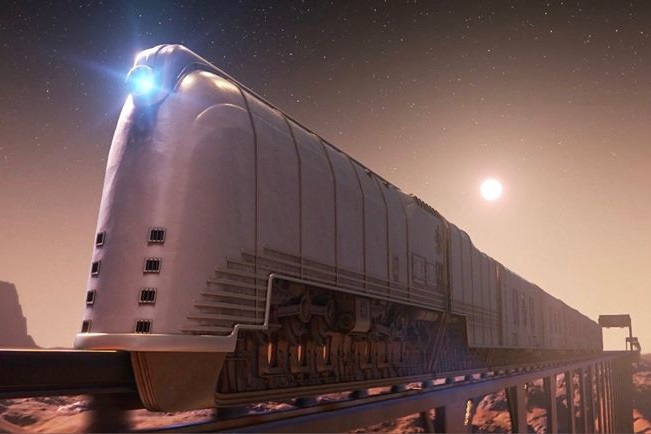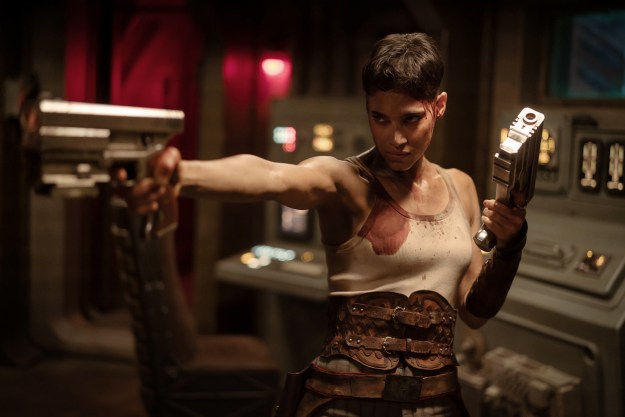
Case in point: The studio’s internal, experimental storytelling initiative that gave teams of animators and storytellers total creative freedom to spend six months creating short films. Per ScreenCrush, Pixar artist and producer David Lally tweeted out a pair of images on Thursday from the first short film to emerge from that initiative: Smash and Grab. Lally also tweeted out a promotional image for an upcoming talk, which describes the creative experiment and the resultant film thusly:
“In 2016, Pixar launched an internal, experimental storytelling initiative to enable new creative voices and explore alternative storytelling techniques, pipelines, and workflows in production. Within the new program, filmmakers are granted total creative freedom to develop a story, design a world, and produce a short film, within six months, and without any executive supervision. Smash and Grab is a seven-minute short film that explores the use of a comic book development process, virtual production, performance/camera capture, and procedural shading and lighting techniques.”
Here are two new images from Smash and Grab, the 1st short from Pixar’s new experimental story program! More at @siggraph! #pixar #animation pic.twitter.com/OY4kHrFk73
— David Lally (@davidmlally) June 22, 2017
Other than the obvious, it is tough to make heads or tails of the images, which appear to show a cycloptic robot hoarding chunks of glowing rock, and an elevated train, speeding through a desert landscape beneath the moon, stars, and setting sun.
As you might expect, the images are beautiful and we are wondering whether “comic book development process” means the entire story will be told via paneled stills, or if it will just borrow techniques from the genre.
Color us very intrigued, as the studio’s shorts preceding its films tend to be worth the price of admission themselves.
No word yet on when we will see Smash and Grab, but Pixar’s newest feature — Coco — is set for a November 22 release.
Editors' Recommendations
- Tokyo’s transparent public bathroom has a neat trick up its sleeve
- Awair’s new air quality monitor has some smart home tricks up its sleeve


